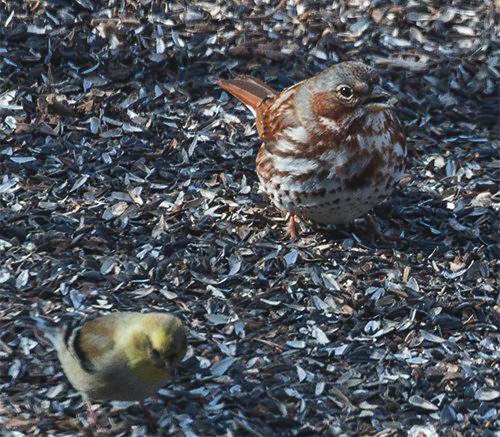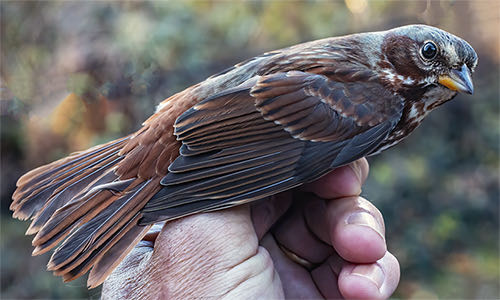- Established 1982 -HOME: www.hiltonpond.org
THIS WEEK at HILTON POND Subscribe for free to our award-winning nature newsletter (Back to Preceding Week; on to Next Week) |
Join Us for the |
|
--GivingTuesday Fundraiser-- Until 15 December Facebook/Meta will match donations to Hilton Pond Center and Operation RubyThroat via the link below. Last year our Facebook friends raised $3,750 through GivingTuesday. Can we match or beat that level in 2021? |
|---|
All text, maps, charts & photos © Hilton Pond Center HOW MANY CHICKADEES? If you put out seeds for birds and live anywhere in the U.S. south of Pennsylvania and east of the Great Plains, you very likely have Carolina Chickadees (CACH) at your feeders (see map below). These tiny black and white and gray dynamos zoom in to grab a single sunflower seed and are off in a instant--only to return a minute or two later in a repeat performance. But wait! Did that first CACH actually come back, or was it a look-alike cousin demonstrating similar behavior? Could it be you have more chickadees than you think? That was the question that came to mind this week as we watched Carolina Chickadee activity at a tube feeder outside our old farmhouse at Hilton Pond Center.
All text, maps, charts & photos © Hilton Pond Center Most mornings we see at least one Carolina Chickadee snatching seeds. Some days there seem to be two birds alternating visits. Occasionally we spot as many as four chickadees at one time, so four CACH is the number we report almost daily to eBird--the on-line survey of avifauna operated by Cornell Laboratory of Ornithology. Even so, we've always suspected the population is larger than that.
All text, maps, charts & photos © Hilton Pond Center Accurately estimating population sizes for free-flying wild birds is difficult at best. Our attempt to determine how many Carolina Chickadees we have is complicated because their sexes are monomorphic and they all look pretty much alike to human eyes. However, there may be some rules of thumb we can use for various species. Based on nearly four decades of research with Ruby-throated Hummingbirds (RTHU),at several U.S. locales, we concluded most backyard feeding stations can have, on average, as many as three or four times as many RTHU as homeowners think. (Some stations, of course, will have hummers in ratios more or less than that.) We've been able to arrive at that estimate because we band and recapture hummers and get a more accurate count than by simply watching sugar water feeders through a window. We decided to apply this same cap/recap procedure to determine just how many Carolina Chickadees we're hosting this fall at Hilton Pond.
All text, maps, charts & photos © Hilton Pond Center We caught our first CACH at the Center 'way back on on 3 October 1982 (see chart above) and in 40 years since have banded a total of 714--our 17th most common local species. On average we capture 18 per year and recapture quite a few--the latter not surprising since we've had banded chickadees live into at least their eighth year. However, knowing we've hosted 700-plus CACH over the long haul doesn’t tell us how many we have right now, so to get a better estimate of the current chickadee population we looked at capture-recapture numbers just for the latest two-month period (October through November 2021).
All text, maps, charts & photos © Hilton Pond Center Since 1 October this year we've banded six "new" Carolina Chickadees, probably participants in what we like to call the "fall shuffle." (Since CACH are non-migratory, these newly captured birds--all young of the year--undoubtedly were produced somewhere nearby but off-property and eventually wandered into our mist nets. A fall shuffle, common among non-migrant species, helps minimize inbreeding and enables a shuffler's genes to be disseminated over a wider area. To that end, it's likely some chickadee chicks fledged and banded at the Center this past spring and summer shuffled away prior to 1 October.) All but one of this week's six new captures were recaptured at least once this fall--a good sign they are on premises and frequenting Hilton Pond feeders. They'll likely stay, at least until a possible "spring shuffle" when some chickadees go looking for relatively scarce nesting cavities and establish off-site breeding territories.
All text, maps, charts & photos © Hilton Pond Center Of perhaps more significance than the new captures, during the past two months we recaptured 16 "old" Carolina Chickadees--all of which have been in our nets or traps numerous times through the years. (The eldest was a male banded as an adult in June 2014, putting him in his eighth year--a local record.) Thus, if we add our six new CACH to the 16 old-timers, it seems the current local population is at least 22--nearly six times the maximum four we see visiting Center feeders.
All text, maps, charts & photos © Hilton Pond Center A LOCALLY RARE RUSTY-COLORED SPARROW Our "most unusual" capture at Hilton Pond Center during the last ten days of November 2021 was a Fox Sparrow (FOSP), one of our favorite members of the Passerellidae (a "new" family for the New World Sparrows). FOSP are BIG sparrows--at 6¼" in length they're noticeably larger than streak-breasted Song Sparrows (5½") with which they’re often confused--and they absolutely dwarf American Goldfinches (4¼") they sometimes associate with at feeders (see photo below from a past winter).
All text, maps, charts & photos © Hilton Pond Center Fox Sparrows take their name from the Red Fox-like coloring of their body feathers, although western races tend to be grayish. Their breasts are heavily streaked and they bear a big rusty cheek patch bordered in gray, a white eye ring, and a distinctive large bill that is at least partly yellow (see below). The rump and rusty tail are usually the brightest plumage. FOSP are ground-foragers--we've never observed one at an elevated feeder--using stout legs to scratch through leaf litter and seed refuse.
All text, maps, charts & photos © Hilton Pond Center The Fox Sparrow we banded this week was just our 47th in 40 years. All have been captured in fall or winter when they migrate down from breeding grounds in northern Canada and Alaska. (Hilton Pond Center's early and late dates: 26 Oct 1994 and 20 March 1984.) If you want this species in your yard, maintain thickets and brush piles near your feeding station. (One can NEVER have too many brush piles.)
All text, maps, charts & photos © Hilton Pond Center Don't forget to scroll down for lists of all birds banded and recaptured during the week. HILTON POND SUNSETS "Never trust a person too lazy to get up for sunrise
All text, maps, charts & photos © Hilton Pond Center Sunset over Hilton Pond (above), 25 November 2021
All text, maps, charts & photos © Hilton Pond Center Sunset over Hilton Pond (above), 28 November 2021 Photoshop image post-processing for this page employs |
|---|
|
"This Week at Hilton Pond" is written and photographed by Dr. Bill Hilton Jr., executive director of Hilton Pond Center for Piedmont Natural History
|
|
|
Please refer "This Week at Hilton Pond" to others by clicking on this button: |
|

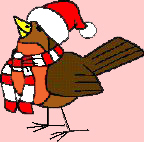

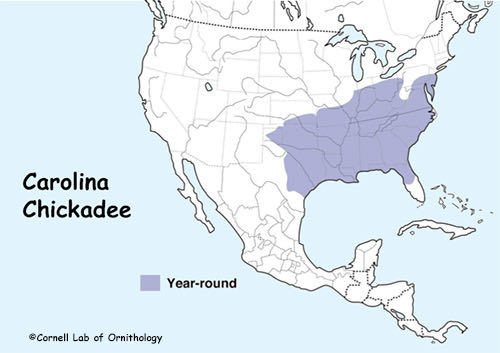
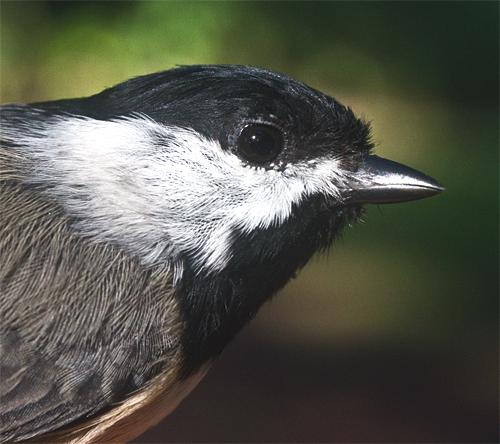
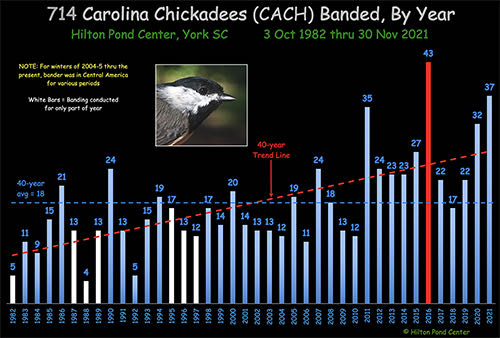
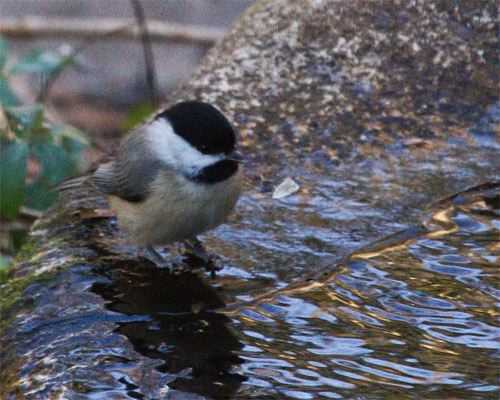
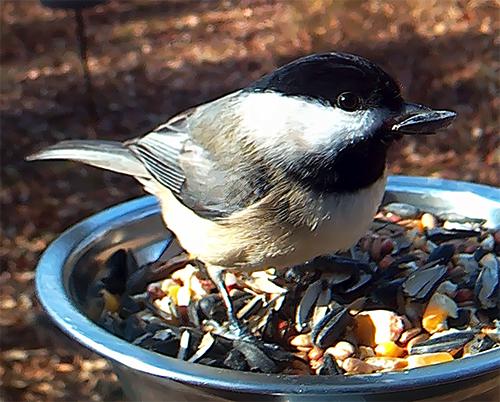
 Does our recent analysis suggest you have 10-12 Carolina Chickadees if you see two at your feeder? Probably not, for several reasons. For one, our results from October and November 2021 are a one-time effort; some years we may have more chickadees, some years less. Furthermore, 11-acre
Does our recent analysis suggest you have 10-12 Carolina Chickadees if you see two at your feeder? Probably not, for several reasons. For one, our results from October and November 2021 are a one-time effort; some years we may have more chickadees, some years less. Furthermore, 11-acre 